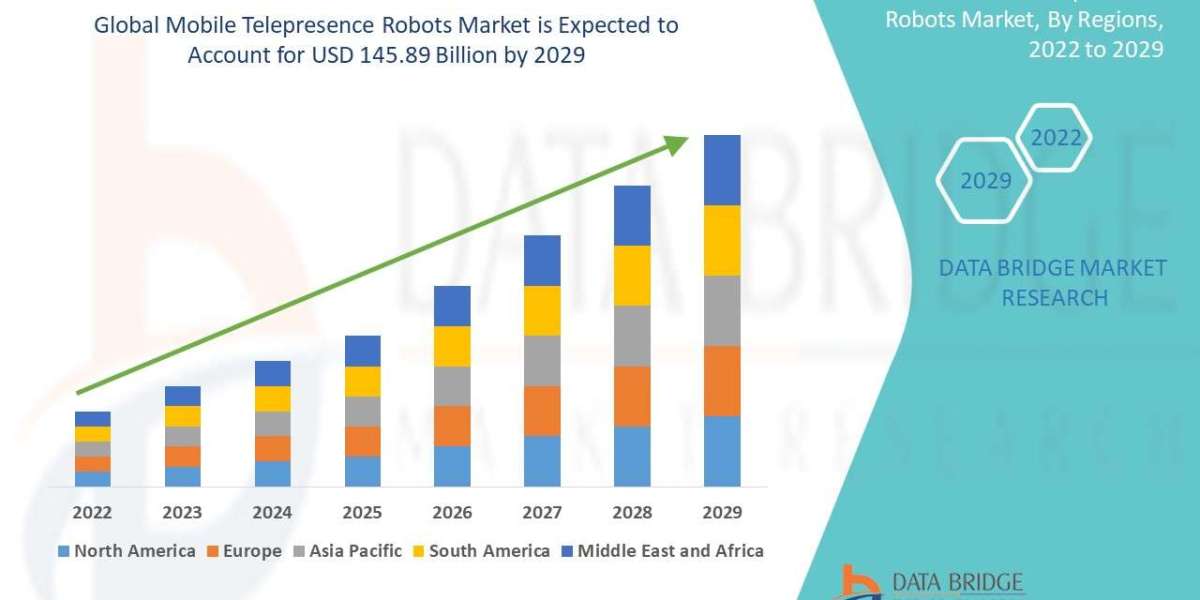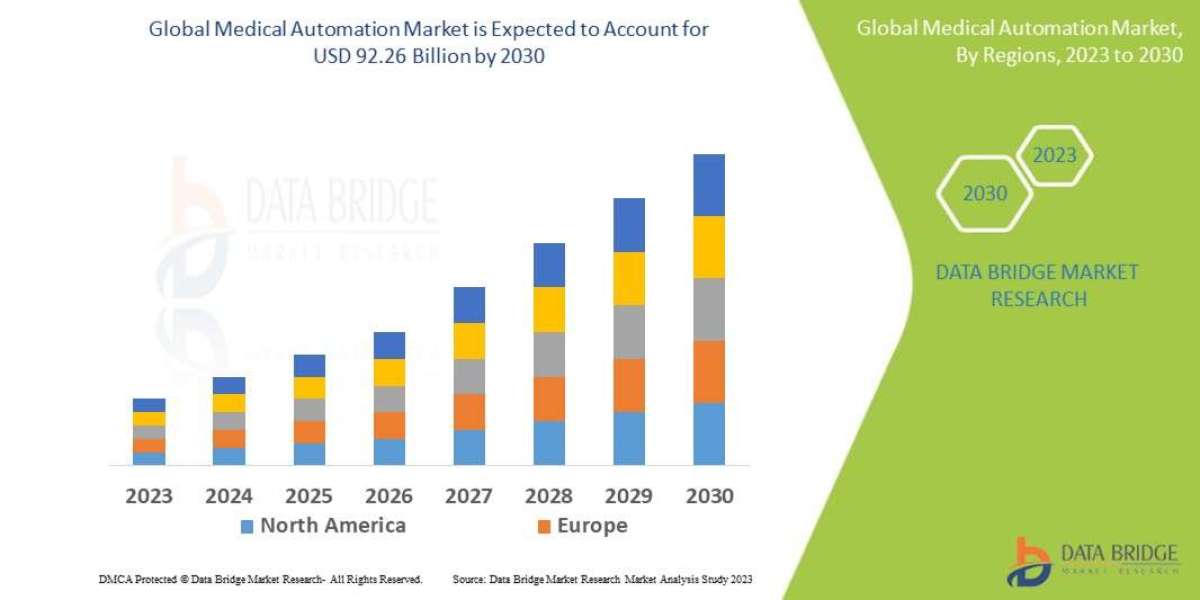In today's fast-paced and competitive business landscape, the ability to accurately predict and anticipate consumer demand is essential for driving success. Traditionally, businesses relied on manual methods and historical data to forecast demand, but the rise of artificial intelligence (AI) has revolutionized this process. AI-based demand forecasting utilizes advanced algorithms and machine learning techniques to analyze vast amounts of data and predict future demand patterns with unprecedented accuracy and efficiency. In this article, we delve into the intricacies of AI-based demand forecasting and how it empowers businesses to optimize their operations and achieve sustainable growth.
Understanding the Importance of Demand Forecasting
Demand forecasting is a crucial aspect of strategic planning for businesses across various industries. It involves predicting future demand for products or services based on historical data, market trends, and other relevant factors. Accurate demand forecasting enables businesses to make informed decisions regarding inventory management, production scheduling, and resource allocation. By anticipating fluctuations in demand, businesses can minimize stockouts, reduce excess inventory, and optimize their supply chain operations.
Traditional vs. AI-Based Demand Forecasting Methods
Traditional demand forecasting methods typically rely on statistical models and historical sales data to predict future demand. While these methods have been effective to some extent, they often struggle to account for the complexity and variability of modern markets. In contrast, AI-based demand forecasting leverages advanced machine learning algorithms to analyze large datasets and identify complex patterns and correlations. By incorporating a wide range of variables, including market trends, consumer behavior, and external factors, AI-based models can generate more accurate and reliable forecasts.
Benefits of AI-Based Demand Forecasting
The adoption of AI-based demand forecasting offers several significant benefits for businesses:
1. Enhanced Accuracy and Precision: AI algorithms can process vast amounts of data and identify subtle trends and patterns that may go unnoticed by traditional forecasting methods. This leads to more accurate predictions and better decision-making, enabling businesses to optimize their operations and maximize efficiency.
2. Adaptability to Dynamic Market Conditions: One of the key advantages of AI-based demand forecasting is its ability to adapt to changing market conditions in real-time. Traditional forecasting methods often struggle to account for sudden shifts in consumer behavior or unexpected disruptions in the supply chain. AI-based models, however, can quickly adjust their forecasts based on new information, enabling businesses to respond effectively to changing circumstances.
3. Reduction of Costs and Waste: Accurate demand forecasting helps businesses optimize their inventory levels, minimizing the risk of stockouts and excess inventory. By ensuring that they have the right products available at the right time, businesses can reduce carrying costs and minimize waste. This not only improves profitability but also enhances sustainability by reducing the environmental impact of overproduction and excess inventory.
How AI-Based Demand Forecasting Drives Business Success
1. Improved Inventory Management: AI-based demand forecasting enables businesses to maintain optimal inventory levels, ensuring that they have the right products available when and where they are needed. By accurately predicting demand, businesses can minimize stockouts, reduce excess inventory, and improve overall inventory turnover. This not only improves profitability but also enhances customer satisfaction by ensuring that products are available when customers want them.
2. Streamlined Supply Chain Operations: By providing timely and accurate demand forecasts, AI-based models help streamline the entire supply chain process. From procurement and production planning to warehousing and distribution, businesses can optimize their operations and minimize inefficiencies. This leads to cost savings, improved productivity, and a more responsive supply chain that can quickly adapt to changing market conditions.
3. Better Customer Satisfaction: Accurate demand forecasting is essential for meeting customer demand effectively and ensuring high levels of customer satisfaction. By minimizing stockouts and backorders, businesses can ensure that products are available when customers want them, leading to improved customer loyalty and repeat business. This not only enhances the overall customer experience but also strengthens brand reputation and competitiveness in the market.
Challenges and Limitations of AI-Based Demand Forecasting
While AI-based demand forecasting offers numerous benefits, it also presents several challenges:
1. Data Quality and Availability: AI models rely heavily on high-quality data for training and validation. Ensuring data accuracy, completeness, and relevance can be challenging, especially in industries with fragmented or unreliable data sources. Poor-quality data can lead to inaccurate forecasts and undermine the effectiveness of AI-based demand forecasting solutions.
2. Implementation Costs and Resource Allocation: Developing and deploying AI-based demand forecasting solutions requires significant investment in technology, infrastructure, and talent. Many businesses may struggle to justify these costs or allocate the necessary resources to support implementation effectively. Additionally, ongoing maintenance and updates are essential to ensure that AI models remain accurate and reliable over time.
Overcoming Challenges: Strategies for Effective AI-Based Demand Forecasting
To overcome the challenges associated with AI-based demand forecasting, businesses can adopt the following strategies:
1. Invest in Data Quality and Infrastructure: Prioritize data quality initiatives and invest in robust data infrastructure to ensure that AI models have access to clean, reliable data. This may involve data cleansing, normalization, and enrichment to improve data accuracy and completeness.
2. Leverage Cloud-Based Solutions: Cloud-based AI platforms offer scalability, flexibility, and cost-effectiveness, making them ideal for businesses looking to deploy demand forecasting solutions without significant upfront investment. By leveraging cloud-based solutions, businesses can access cutting-edge AI technologies and resources without the need for expensive infrastructure or hardware investments.
3. Foster a Culture of Innovation: Encourage collaboration and knowledge sharing across departments to foster a culture of innovation and experimentation. Empower employees to explore new technologies and methodologies for improving demand forecasting accuracy. By fostering a culture of innovation, businesses can drive continuous improvement and stay ahead of the competition in today's rapidly evolving marketplace.
Conclusion
AI-based demand forecasting represents a significant opportunity for businesses to gain a competitive edge and drive sustainable growth. By leveraging advanced machine learning algorithms and big data analytics, businesses can optimize their operations, minimize risks, and enhance customer satisfaction. While challenges exist, proactive planning, strategic investment, and a commitment to innovation can help businesses overcome these obstacles and harness the full potential of AI-based demand forecasting.
Predict your sales volume and demand trends with our Artificial Intelligence-based SaaS platform visit: https://thousense.ai/
Source: https://diigo.com/0vviu6







